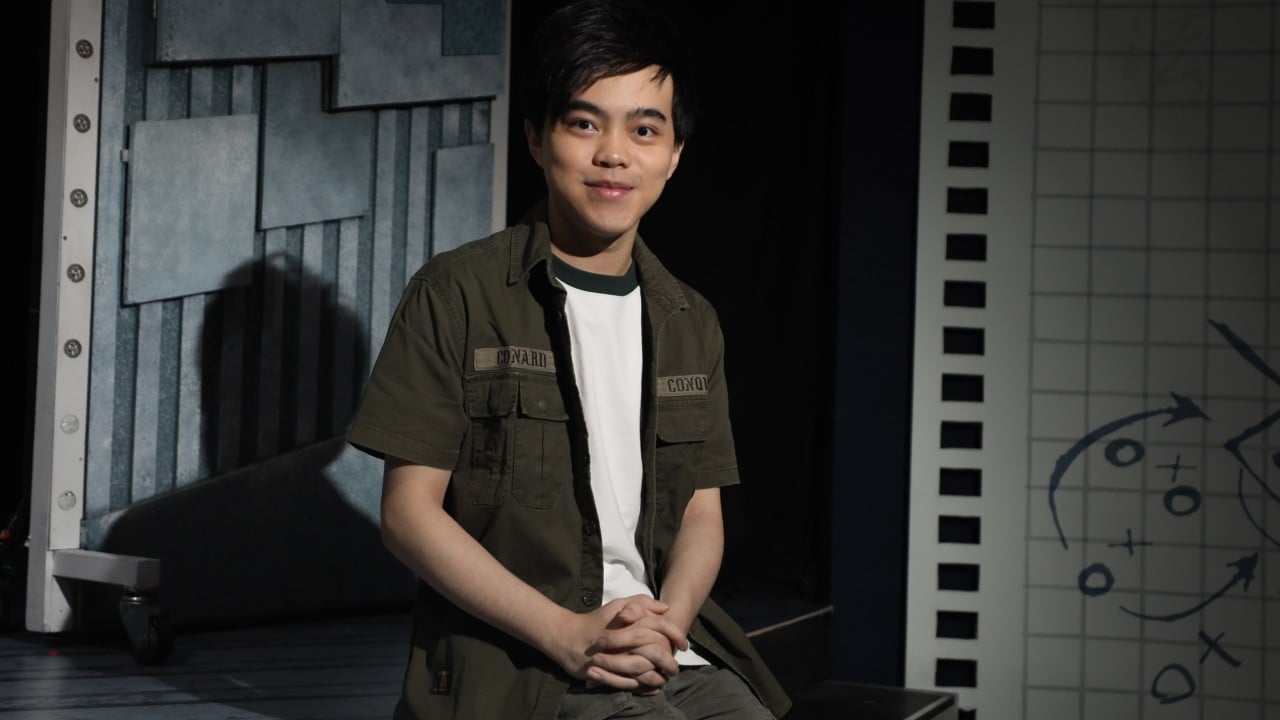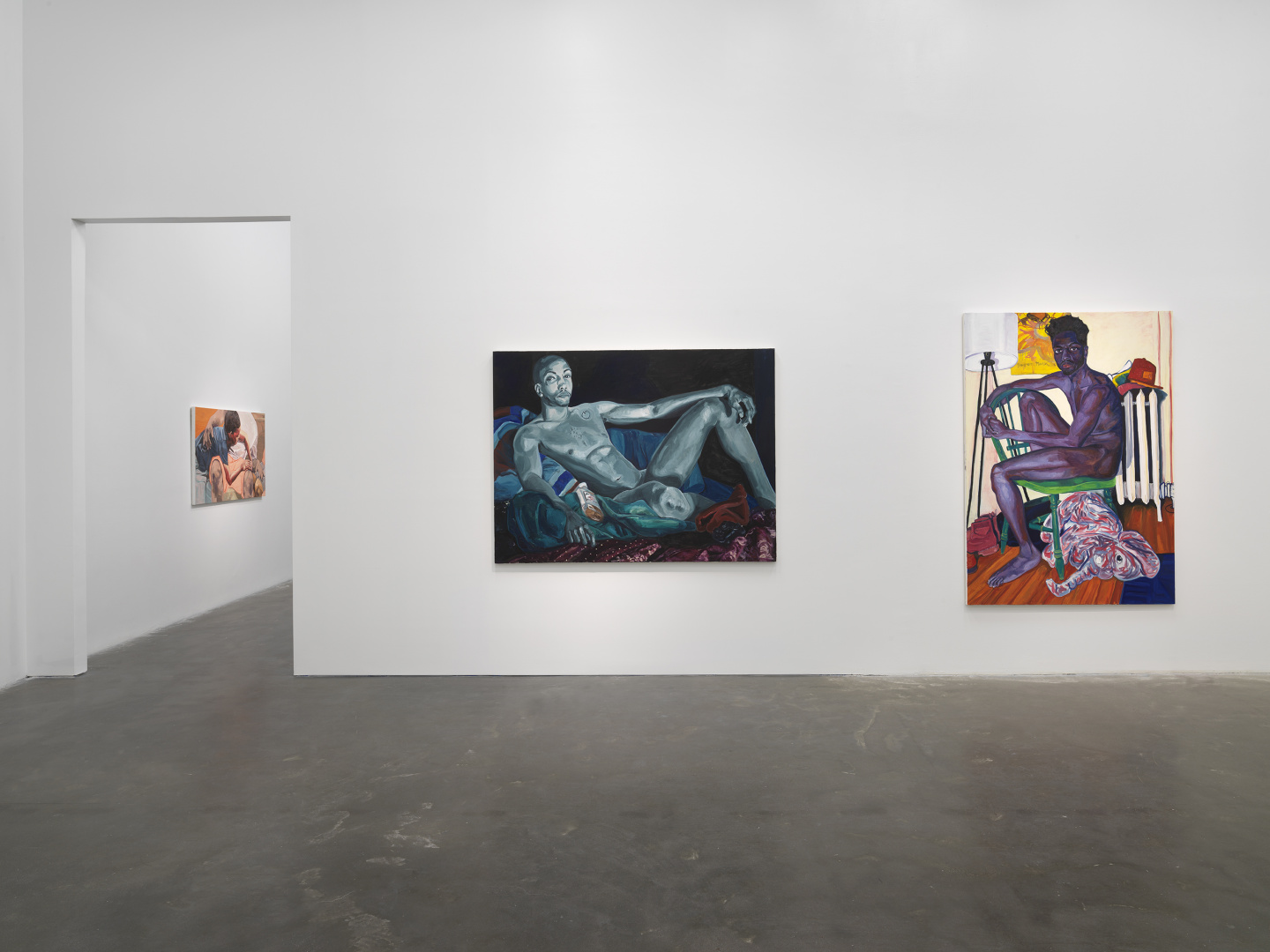Museum of Proletarian Culture, Salute
- Sculpture (Sculpture)
3 parts, each ap. 70 x 70 x 16 cm
Arseny Zhilyaev
His large installation entitled The Museum of Proletarian Culture (2012) looked at the changes in artistic practice that have occurred in Russia throughout the last thirty years – from the amateur art of the late Soviet era to the commercialized post-Soviet cultural practices and the more recent self-expression via contemporary social networks. Thus, the exhibition becomes a whole installation where it is impossible to distinguish architecture from assemblage, facts from fantasy, document from fiction. It is a museum of museums where viewers find themselves in the era of didactic exhibitions; whereby the main protagonists are workers, engineers, and amateur artists, and finally replaced by the creative class of 1990s and 2000s. Sdelay sam or “do it yourself” is a work in progress described by the artist as a research in the tradition of the Soviet and post-Soviet culture of non-professional worker’s folk art. “Usually ordinary people in the Soviet Union had no opportunity to frequently change the furniture according to their taste. But they could do it by themselves! It was during that period that workers’ amateur creativity flourished, exemplified in techniques such as woodcarving, hammered ironwork or amateur furniture design. It was part of free time, type of creative hobby. It was called ‘creative relaxation’. The strict division between work and leisure during the era of late socialism made this creativity possible. It was an extremely democratic art and this is what still inspires me today.”
Arseny Zhilyaev is arguably one of the most influential contemporary Russian artists of his generation. For Zhilyaev, his medium of choice is the exhibition itself. His practice is deeply rooted in the study of presentation and display of artworks, histories and social processes. His multi-faceted installations combine historical fact with fiction in imagining new possibilities and futures. Inspired by Soviet and Marxist Museology, Zhilyaev often turns to Russian Cosmism and its philosophies of the universal museum. To trace Zhilyaev’s work, one should span from the avant-garde of the 1920’s to the ‘shock therapy’ of the 1990’s in Russia. As a member of the young generation of Russian artists, Zhilyaev looks at the changes of his country through the 20th century to compose his works. With a specific attention of art’s relations to politics, education and pedagogy, Arseniy Zhilyaev reflects on the different roles of the museum and exhibition making. Despite the current use of art as entertainment, Zhilyaev wants to rethink the museum as an educational institution connecting art and history.
Colors:
Other related works, blended automatically
» see more

© » KADIST
Arseny Zhilyaev
His large installation entitled The Museum of Proletarian Culture (2012) looked at the changes in artistic practice that have occurred in Russia throughout the last thirty years – from the amateur art of the late Soviet era to the commercialized post-Soviet cultural practices and the more recent self-expression via contemporary social networks...
Related works sharing similar palette
» see more

© » SOUTH CHINA MORNING POST
He wants Hong Kong to fall in love with theatre and he’s doing everything he can to make that happen | South China Morning Post He wants Hong Kong to fall in love with theatre and he’s doing everything he can to make that happen Performing arts in Hong Kong Hong Kong theatre wunderkind Tom Chan is the youngest and only producer to stage a long-running musical show in the city...

© » AFC
Zombie Figuration Isn’t a Thing: A Critical Autopsy with Antwaun Sargent About AFC Board AFC Editions Donate Art F City Zombie Figuration Isn’t a Thing: A Critical Autopsy with Antwaun Sargent by Paddy Johnson and William Powhida on August 4, 2020 Explain Me + Podcast Tweet Jordan Casteel, “Within Reach”, New Museum installation view, 2020...
Other works by: » Arseny Zhilyaev
» see more

© » KADIST
Arseny Zhilyaev
His large installation entitled The Museum of Proletarian Culture (2012) looked at the changes in artistic practice that have occurred in Russia throughout the last thirty years – from the amateur art of the late Soviet era to the commercialized post-Soviet cultural practices and the more recent self-expression via contemporary social networks...

© » KADIST
Arseny Zhilyaev
His large installation entitled The Museum of Proletarian Culture (2012) looked at the changes in artistic practice that have occurred in Russia throughout the last thirty years – from the amateur art of the late Soviet era to the commercialized post-Soviet cultural practices and the more recent self-expression via contemporary social networks...

© » KADIST
Arseny Zhilyaev
2010Arseniy Zhilyaev (born 1984 in Voronezh, Russia) is an artist, writer and political activist who lives and works in Moscow and Voronezh...
Related artist(s) to: Arseny Zhilyaev » Anatoly Osmolovsky, » David Ter-Oganyan, » Jonas Staal, » La Biennale, » Michel Foucault, » Pedagogical Poem
» see more

© » KADIST
Jonas Staal
2008Jonas Staal’s installation is based on the thesis written by Fleur Agema and titled “Closed Architecture”...
Related works found in the same semantic group
» see more

© » KADIST
Sergio Rojas Chaves
2018Más vale pájaro en mano que cien volando (A bird in the hand is worth more than two in the bush) is part of a larger series of pieces developed by Sergio Rojas Chaves in Honduras in 2018 that engages with tourism and in particular amateur-ornithologists that overrun the country in pursuit of the nation’s extreme diversity of bird species...

© » KADIST
Victor & Sergiy Kochetov
1978Having a press card allowed Viktor Kochetov to photograph freely in public places, access to which was strictly regulated for amateurs...

© » KADIST
Gabriella and Silvana Mangano
2015There is no there by Gabriella and Silvana Mangano is a black and white looped video with sound, in conjunction with a live performance...




